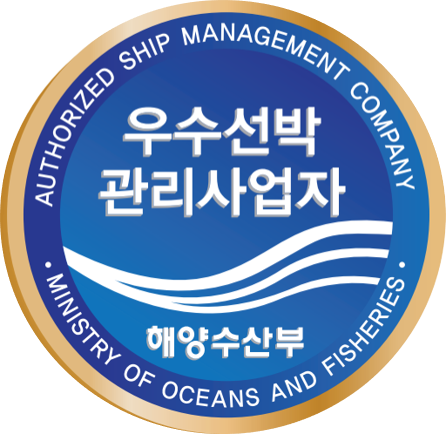California: New ballast water discharge standards in place
페이지 정보
작성자 최고관리자 댓글 0건 조회 774회 작성일 21-11-26 17:07본문
California: New ballast water discharge standards in place
by The Editorial Team
Under its Marine Invasive Species Program (MISP), California established biofouling management and ballast water discharge standards that are more strict than those enforced under the US federal regulations and IMO’s international maritime conventions.
However, California has yet to implement its ballast water discharge performance standards – primarily because the standards are still technically unachievable
Gard says.
Once fully implemented, the new Vessel Incidental Discharge Act (VIDA) may prevent State authorities from implementing State-specific management requirements or standards for vessel discharges, including ballast water, that are stricter than the federal standards.
Ballast water management requirements
As a temporary measure until technological advances enable compliance with the State’s more _string_ent ballast water discharge performance standards, the California State Lands Commission (SLC) has aligned its discharge requirements for vessels arriving at California ports with those set by the US Coast Guard (USCG).
California’s ballast water management requirements will becomes effective on 1 January 2022, including the following main changes:
- Federal ballast water discharge standards set forth, and the corresponding implementation schedule outlined in 33 CFR 151.2035(b), into California law.
- Delays the compliance dates for the more _string_ent interim and final California ballast water discharge performance standards to 2030 and 2040, respectively, due to a lack of available ballast water treatment technologies to enable vessels to meet the California standards at this time.
- Establishes operational monitoring and recordkeeping requirements for vessels that use a ballast water treatment system to meet ballast water discharge performance standards.
- Authorizes SLC staff to collect ballast water and sediment samples for research purposes in addition to compliance assessment.
Practical implications
All eligible vessels that are discharging ballast water in California will be required to use one of the following methods to comply:
- A ballast water treatment system that has been type approved by the USCG;
- A ballast water treatment system that has been designated as an Alternating Management System (AMS) by the USCG;
- Use water from a US public water system as ballast water.
Any extensions to a vessel’s compliance date granted by the USCG will be equally accepted under the Californian ballast water regulations.
Gard reports.
What is more, under the federal ballast water regulations, the USCG accepts ballast water exchange as an accepted ballast water management method until a vessel reaches its compliance date, or as granted by an extension. After a vessel’s compliance date, the vessel will be required to use one of the acceptable methods listed above.
Demonstrating compliance
Vessels visiting California ports must make sure that their ballast water treatment system is operated in accordance with the design limitations stipulated by the manufacturer, or set forth in the USCG approval documents, and must maintain the following records onboard:
- Printed or electronic functionality monitoring and calibration records for a minimum of two years.
- Printed or electronic records of any biological monitoring performed, from at least the past two years, including dates of the monitoring, the individuals or entities who performed the tests, and methods used.
- The ballast water treatment system type approval certificate, or AMS designation letter, issued by the USCG, as applicable.
- Procedures to manage ballast water in case of equipment malfunction.
- Upon request, vessels must also ensure that SLC staff are provided access to ballast water tanks and sampling ports, unless access is restricted due to safety concerns.
Furthermore, Gard reminds that the SLC also requires eligible vessels to:
- Pay a MISP Fee for each vessel that arrives at a California port or place from outside of California.
- Maintain vessel specific Ballast Water- and Biofouling Management Plans, as well as appropriate logs and record books outlining the corresponding management activities onboard.
- Submit a USCG Ballast Water Management Report at least 24 hours prior to arrival at each port call in California. If a vessel’s voyage is less than 24 hours, the report shall be submitted upon departure from the last port of call prior to arrival. Note that a report submitted to the National Ballast Information
- Submit a Marine Invasive Species Program Annual Vessel Reporting Form (AVRF) once annually, at least 24 hours in advance of the first arrival at a California port in each calendar year.




